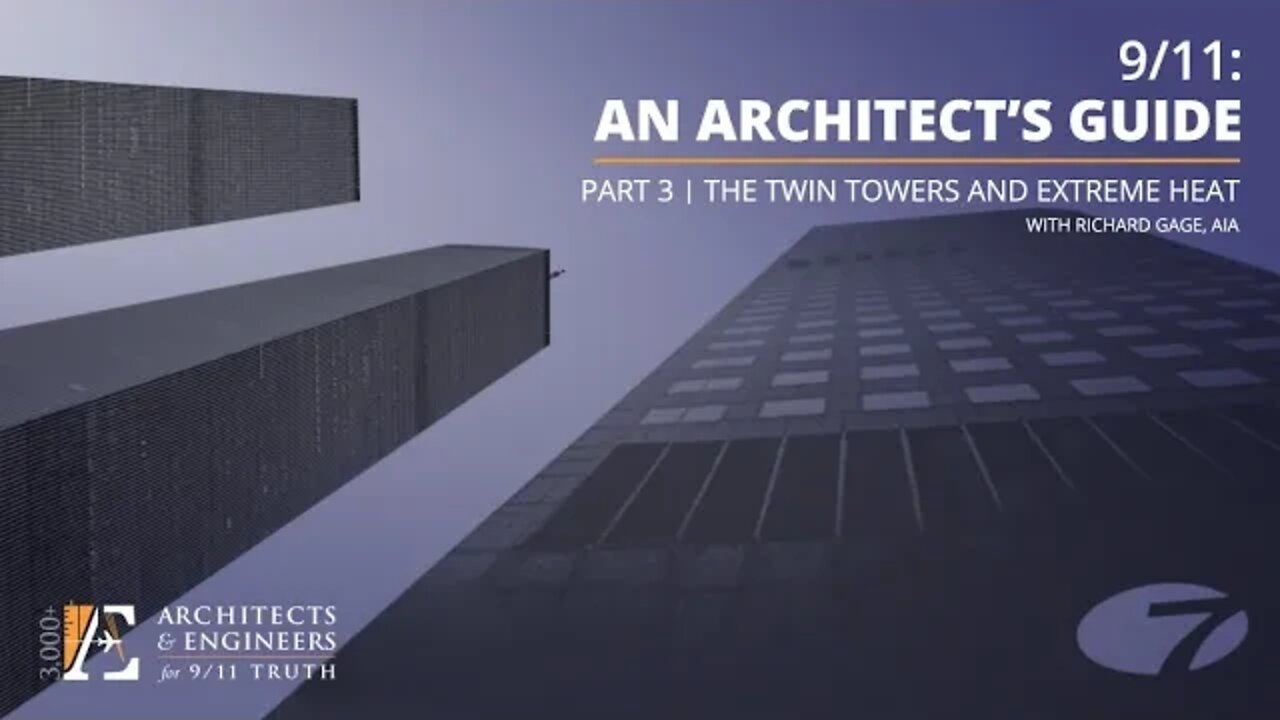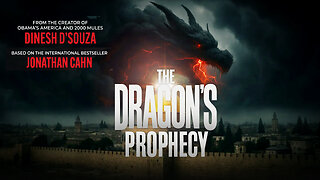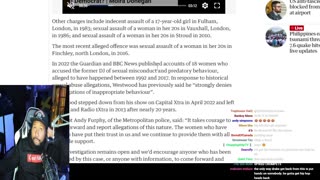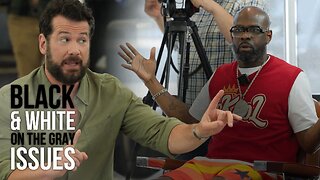Premium Only Content

9/11: An Architect's Guide - Part 3: The Twin Towers and Extreme Heat (10/22/20 Webinar - R Gage)
9/11: An Architect’s Guide | Part 3: The Twin Towers and Extreme Heat
Course Number: AE911-AAG-L3
Live three-part webinar series. Each part is about 1 1/2 hours long.
As a 501(c)(3) nonprofit organization dedicated to conducting research and providing education about the complete destruction of the three World Trade Center skyscrapers, our courses give architects the technical knowledge and analytical framework with which to evaluate the most likely cause of those building failures.
Course Description:
Never before has a steel-framed high-rise collapsed from fire. Why, then, did three such buildings collapse on September 11, 2001?
In Part 3 of “9/11: An Architect’s Guide,” Richard Gage, AIA, provides an overview of the most important evidence related to the extreme heat observed both before and after the Twin Towers’ destruction.
As documented extensively in the report issued by the National Institute of Standards and Technology (NIST), molten metal was seen pouring out of the South Tower during the seven minutes leading up to its collapse. Molten metal was also observed in the debris of both buildings, while various other evidence of extreme heat and incendiary chemical reactions have been documented since.
In 2005, NIST concluded that the Twin Towers’ destruction resulted from the combined effects of the airplane impact damage and ensuing fires, both of which are phenomena that fail to account for the extreme heat observed before and after the Twin Towers’ destruction.
Does NIST’s explanation for these unprecedented structural failures explain all of the evidence? Together, we will study the collapses and evaluate which of the two leading hypotheses — fire-induced failure or controlled demolition — is more consistent with the evidence. Participants will be encouraged to decide for themselves if a new investigation is warranted.
Learning Objectives:
Participants will be able to:
1. Describe the characteristics of building fires and the aspects of high-rise design that contribute to make fire-induced failure in steel-framed high-rise buildings a rare occurrence.
2. Recognize the distinct features associated with fire-induced failure and the distinct features associated with the procedure of controlled demolition.
3. Describe step-by-step the series of structural failures that the National Institute of Standards and Technology found to be the most likely cause of the collapse of World Trade Center Twin Towers.
4. Analyze the physical evidence and the dynamics of the collapse of the Twin Towers according to how consistent it is with the competing hypotheses of fire-induced failure and controlled demolition.
Visit http://AE911Truth.org/Continuing-Ed.html for more information.
Category
Science & Technology
License
Standard YouTube License
For more information: visit http://AE911Truth.org
and http://WTC7Evaluation.org
-
 1:00:35
1:00:35
Architects & Engineers for 9/11 Truth
1 year ago“Israel’s 9/11” AND the Original One
4.18K5 -
 1:33:41
1:33:41
Dinesh D'Souza
1 day agoThe Dragon's Prophecy Film
61.3K32 -
 15:10
15:10
Dr Disrespect
2 days agoI FINALLY Beat Baby Steps
131K16 -
 19:54
19:54
Forrest Galante
4 days agoPrivate Tour Of America's Best Marine Animal Facility
109K15 -
 LIVE
LIVE
Lofi Girl
2 years agoSynthwave Radio 🌌 - beats to chill/game to
350 watching -
 2:19:50
2:19:50
Akademiks
7 hours agoDrake Lawsuit Dismissed by Federal Judge. What does it Mean.... for the boy.
136K9 -
 1:01:38
1:01:38
DeVory Darkins
16 hours ago $52.70 earnedSchumer suffers humiliation as critics applaud Trump's historic peace deal with Tim Pool
119K62 -
 56:09
56:09
Steven Crowder
21 hours agoBlack Fatigue is Real and I Told Them Why | Black & White on the Gray Issues
534K2.26K -
 2:05:36
2:05:36
Inverted World Live
13 hours agoSaint's Tomb Opened for First Time in 800 Years for Ancient Ritual | Ep. 121
111K18 -
 2:43:30
2:43:30
TimcastIRL
11 hours agoNY AG Indicted For FRAUD, Faces 30 Years In Prison, $1 MILLION FINE | Timcast IRL
239K134